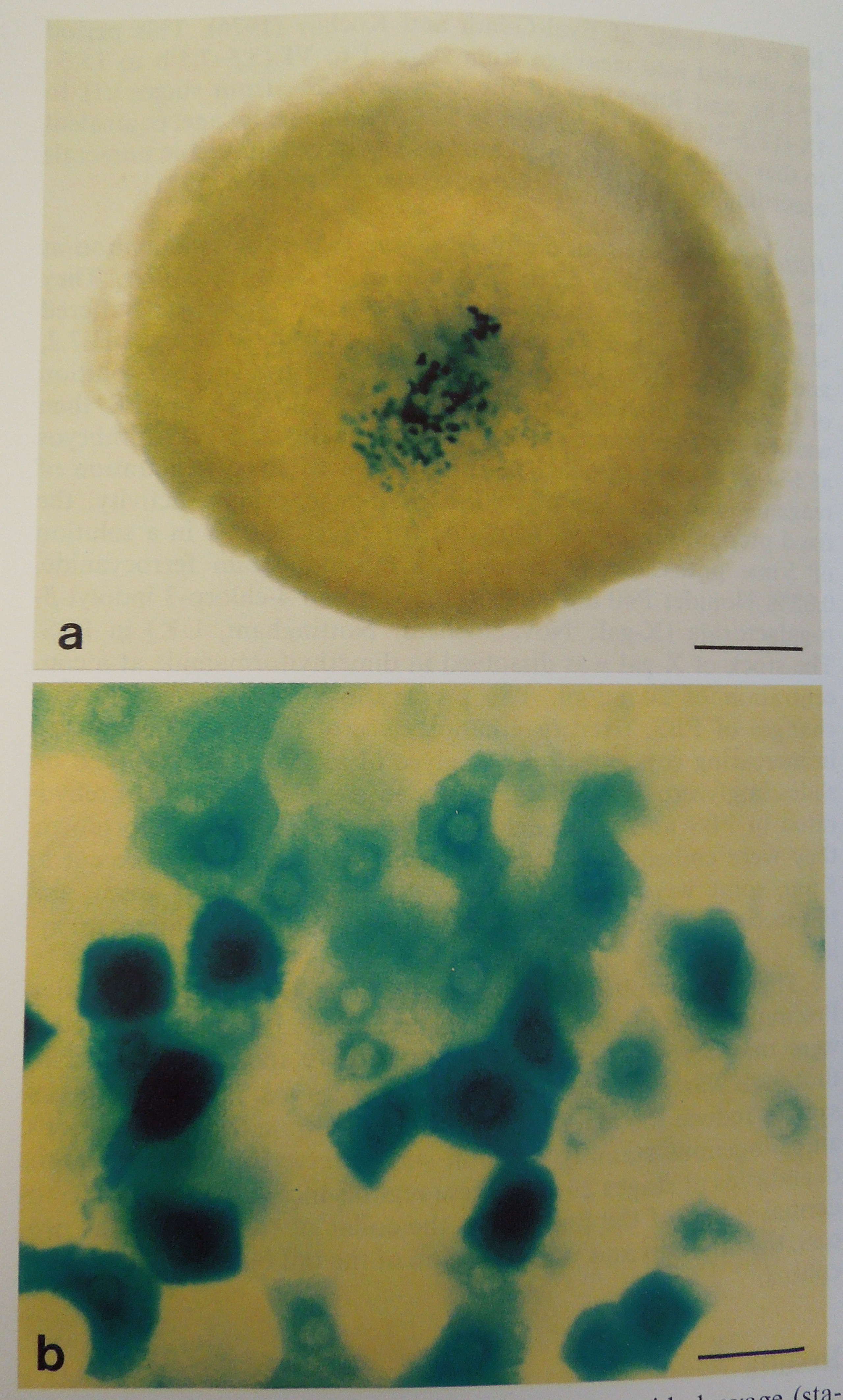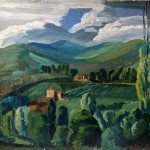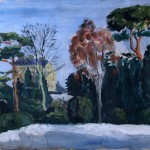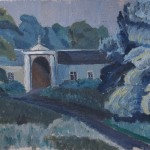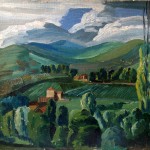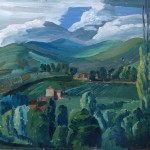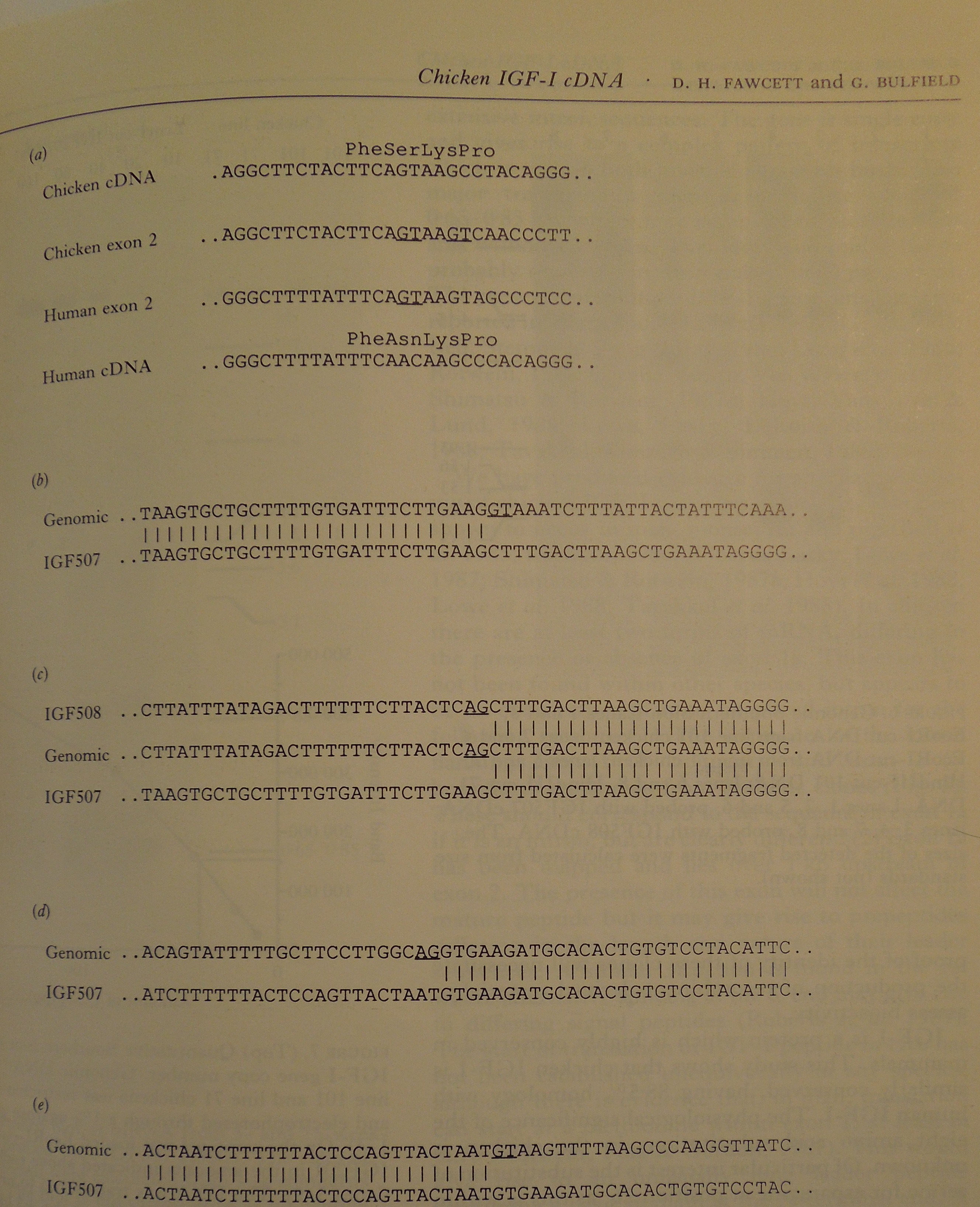 When the new AFRC Institute of Grassland and Animal Production was created on 1 April 1987 it had five research stations: Aberystwyth, including the Bronydd Mawr Research Centre (Trecastle); Hurley, including the Bernard Weitz Research Centre (Arborfield); North Wyke’s Grassland Production and Utilisation Department; Shinfield’s Pig Department and Roslin’s Poultry Department. From, information found in the IGAP Report, 1987, the Institute was designed to:
When the new AFRC Institute of Grassland and Animal Production was created on 1 April 1987 it had five research stations: Aberystwyth, including the Bronydd Mawr Research Centre (Trecastle); Hurley, including the Bernard Weitz Research Centre (Arborfield); North Wyke’s Grassland Production and Utilisation Department; Shinfield’s Pig Department and Roslin’s Poultry Department. From, information found in the IGAP Report, 1987, the Institute was designed to:
undertake an integrated programme of strategic and applied research concerned with grassland use and the environmental consequences of farming practices, the production and utilisation of grass and other forage crops and with the nutrition, physiology, welfare and production of ruminants, pigs and poultry and other animals. The objectives of the research are to improve the efficiency of the production and utilisation of feed, and other resources; to improve the predictability of animal performance; to reduce the costs of production of animal products, especially milk, meat and eggs; and to improve the consistency and quality of these products, having due regard for environmental and animal welfare consideration.
At the station in Roslin; however, IGAP shared the site with IAPGR (AFRC Institute for Animal Physiology and Genetics Research) which required a certain amount of restructuring of the laboratories, staff and offices.
One of the major research topics investigated by the Poultry Department at the Roslin station was in improving the efficiency in poultry nutrition and production:
Within the remit for poultry nutrition research, work on the broiler breeder hen and the turkey hen receives a unique emphasis. Nutritional biochemistry is a strong feature of the programme with work on amino acid metabolism in muscle and in lipoprotein and adipose tissue metabolism. Computer simulation techniques are widely used in both biochemical and nutritional studies. The Metabolic Pathology Group brings a range of skills in morphology, histology, histochemistry and ultrastructural studies to the poultry research programme and carries out research into skeletal and other metabolic diseases of poultry.
According to the Roslin Institute’s Library and Information Manager, Mike McKeen in his paper, ‘Roslin Institute Online: A brief history of Roslin Institute,’ (November 1994; Rev. April 2008):
In the original reorganisation at Roslin the nutrition, biochemistry and pathology programmes of PRC were incorporated into the Institute of Grassland and Animal Production. The IGAP Poultry Department remained on the former PRC site and was subsequently incorporated into IAPGR in 1990 on the creation of the present Institute of Grassland and Environmental Research (which was itself transferred to Aberystwyth University in April 2008).
It’s been fascinating to follow the history and development of the various institutes over the course of time and seeing how they overlap and merge!




